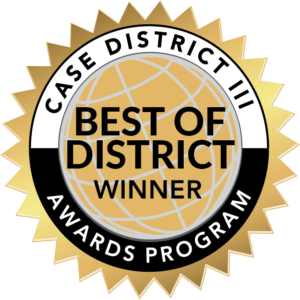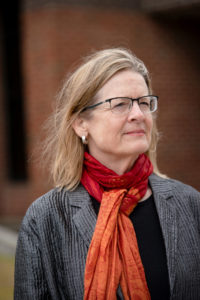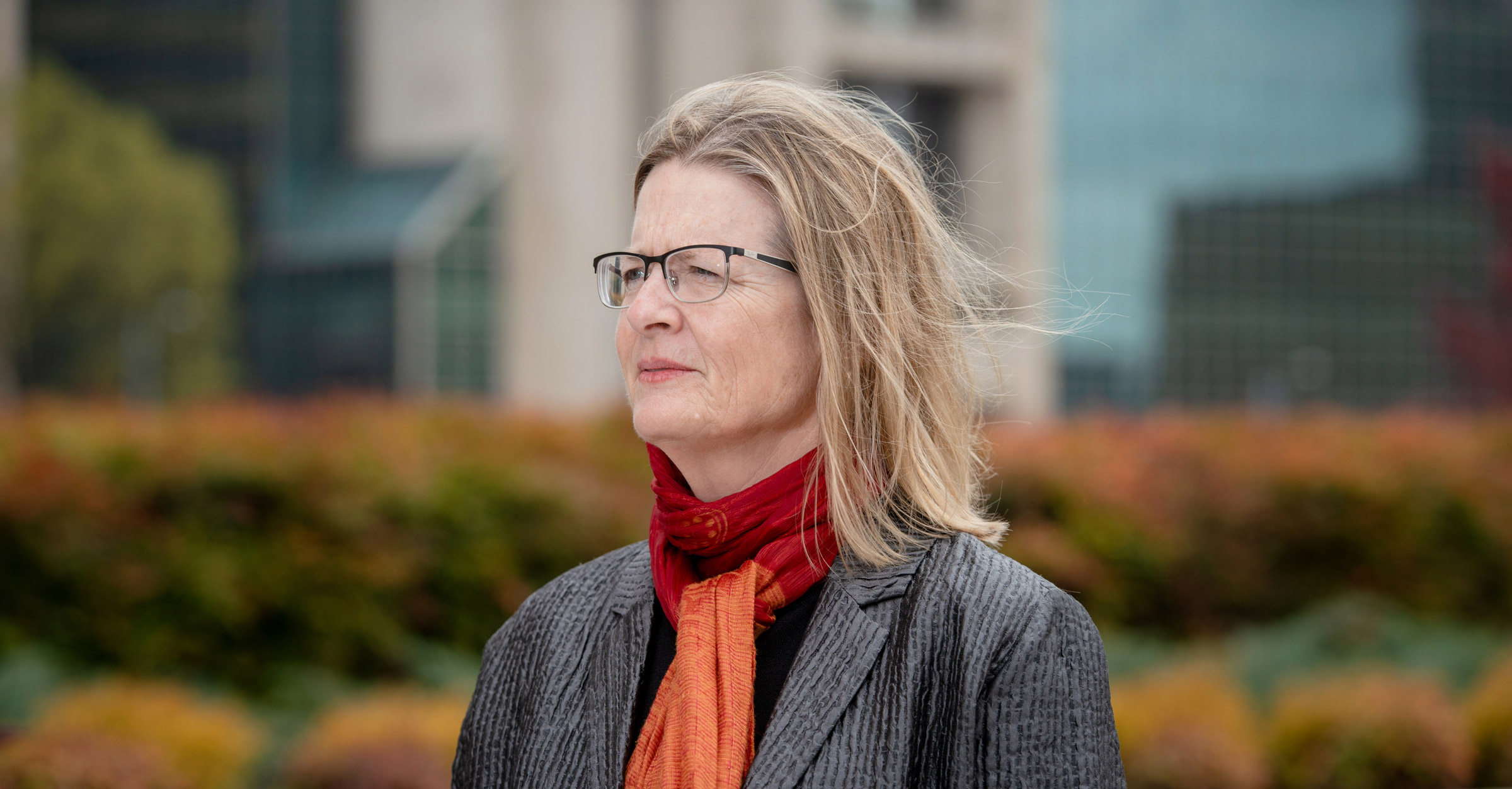
By Peggy Reisser
It’s 105 degrees in June in the jungle of Paraguay, and Colleen Jonsson and her students are hunting a killer. They’re sweating under heavy biosafety gear and working in a makeshift lab set up on the porch of a house owned by the World Wildlife Federation.
Their elusive prey is the hantavirus, a rodent-borne disease that has killed thousands across the globe. The scientists are trying to understand hanta at its molecular level, how it acts and reacts, how it replicates and spreads, and what molecules or combination of molecules can be used to stop it. It is an ongoing quest.
But, this year, Jonsson and her team faced head-on a more immediate and, possibly even more deadly, threat at home. A Ph.D. virologist and professor in the department of microbiology, immunology and biochemistry at the UT Health Science Center, Jonsson set her sights set on the novel coronavirus (COVID-19), which circled the globe in a matter of months.
As the director of the UTHSC Regional Biocontainment Laboratory, one of 11 federally funded labs authorized to study deadly pathogens, she is leading a team to find antivirals or drugs that might treat COVID-19.
Building a Research Career
Jonsson originally studied to be a biologist at the University of Missouri in St. Louis, her hometown.
“When I started my research career, I was very interested in plant-pathogen interactions,” she says. “My perspective was that plants had a lot of different pathogens, and they needed to be understood better so we could create better environments to produce plants.”
As an undergraduate, she worked as a technician at Monsanto in St. Louis during the summers.

She studied fungal interaction in graduate school at Purdue University. Then, seeking a different path for asking research questions in her postdoctoral work, she began to look at retroviruses. It was 1990 and during the HIV outbreak in the United States. She sought to understand one of the proteins in that virus and how it worked.
Jonsson was recruited to New Mexico State University in Las Cruces, New Mexico, just as the initial outbreak of the hantavirus occurred in the early 2000s.
“It was a new virus in the United States, and not many people were working on it, and I thought it would be a good direction for my research to take,” she says.
During a five-year period, she often travelled to the highest-level biosafety research labs at the U.S. Army Research Medical Institute of Infectious Diseases at Fort Detrick, Maryland, to do hantavirus research.
She also began periodic fieldwork to track the virus in one of its natural hot spots in the Chaco region of western Paraguay.
“There was an outbreak in Paraguay, and as luck would have it, which is my whole life, I had a student in my lab who was from Paraguay,” she said.
Strictly a lab researcher up to that point, Jonsson and her team members went to that country, conducted workshops and trainings, and met scientists with whom she collaborates on hantavirus research and fieldwork to this day.
“The questions we’ve been working on are simple: Where is the virus, how does the virus maintain itself in nature, and what is it that promotes or accelerates the emergence of the virus to a level that it becomes a public health risk?” Jonsson says.
Essentially, when in Paraguay, they research the virus in its animal hosts in order to understand it better.
“The only way to truly answer those questions is to work in essentially what is a jungle because, in the jungle, we can understand what life is like for the virus in nature.”
Many Viruses, Many Questions
“They say, with these viruses, it’s not a matter of if they (outbreaks) are going to happen, it’s a matter of when,” Jonsson says. Her life’s work has given her a practical point of view on the viruses that terrify humans. “I’m not Captain Marvel. It’s more of a scientific conundrum that you want to answer.”
Jonsson was recruited to Southern Research, an institute affiliated with the University of Alabama at Birmingham, to grow an antiviral research program in its Level 3 biocontainment facility. There, her research expanded to antiviral drug discovery for Respiratory Syncytial Virus (RSV), influenza, H5N1 (avian influenza), West Nile Virus and alphaviruses. Her lab developed the first high-throughput screening in high containment (a high-volume testing procedure) outside of industry and tested compounds (small molecules) from companies all over the United States for their potential to treat Severe Acute Respiratory Syndrome (SARS).
Simply put, these small molecules would be ones that bind with spikes or areas on the individual viruses and block their spread. They are the crux of her lifetime quest.
In 2008, she moved to the University of Louisville to continue her antiviral research and begin the research programs and operations for the newly constructed Regional Biocontainment Laboratory.
“Hopefully, all of our work will eventually translate into a better understanding of how these viruses emerge, but at the same time, we can begin to have a pipeline of small molecules for these particular pathogens,” she said.
A New Foe Emerges
Jonsson was recruited to UTHSC in 2017 to direct and raise the research profile of the Regional Biocontainment Laboratory (RBL), a Level 3 biosafety lab among the few commissioned after 9/11 in response to the threat of bioterrorism.
In less than two years, she secured a $21 million National Institutes of Health grant to set up a Center of Excellence in Encephalitic Alphavirus Therapeutics to discover antiviral therapeutics for deadly viruses spread to horses and people by infected mosquitoes. She collaborates with investigators at several universities, and this alphavirus work, as well as her previous work on other viruses, including SARS CoV (the SARS outbreak of 2003), has positioned her to lead her team at UTHSC to face COVID-19.
The laboratory received live samples of COVID-19 in late February. Jonsson and her team began growing the samples so they would have enough to test against compounds (small molecules) that could prove to be treatments.
Jeremy Smith, professor at UT-Knoxville and director of the UT/Oak Ridge National Laboratory (ORNL) Center for Molecular Biophysics, called Jonsson to collaborate on testing molecules identified by the supercomputer at ORNL as possible candidates to work against the virus. The UTHSC team is also testing candidates for industry. Basically, the virus is placed in tiny wells of a plastic tray, the small molecule candidates are added and the results analyzed. With high-throughput screening, many candidates can be tested rapidly.
“She is a world-class virologist with lots of experience working with viruses similar to SARS-CoV-2,” Smith says as to why he wanted to work with Jonsson. He says he felt his computations would help her decide which compounds to test as possible therapeutics for the virus and to analyze her results.
Asked what she wants people to know about this work, Jonsson again is matter of fact. “When coronavirus breaks out, there are people in Memphis working on understanding it and working hard to develop a therapeutic to treat it,” she says.
The immediate outbreak must be addressed, but Jonsson knows there will be others. That’s what these viruses do: Emerge, go dormant and then return. She continues to keep her eye on the hantavirus, which popped up again recently in Argentina. She considers it, for now, the one that got away, she says.
“We should be doing outbreak response all the time,” Jonsson says. “We forget and people move on to the next thing, so there will be always be another something. But what that will be, no one can predict. Nobody has control over emerging infectious diseases.”



